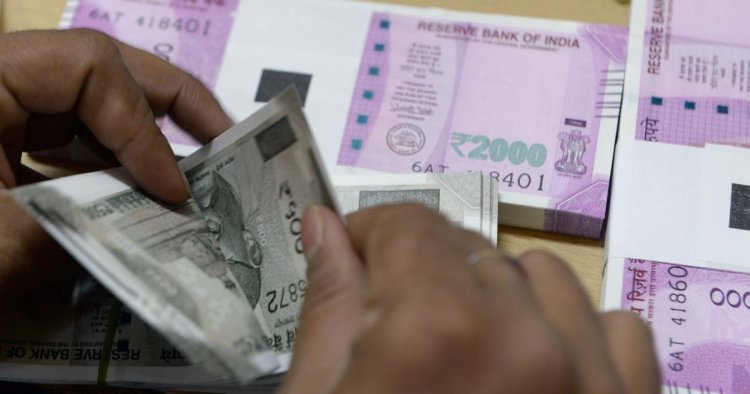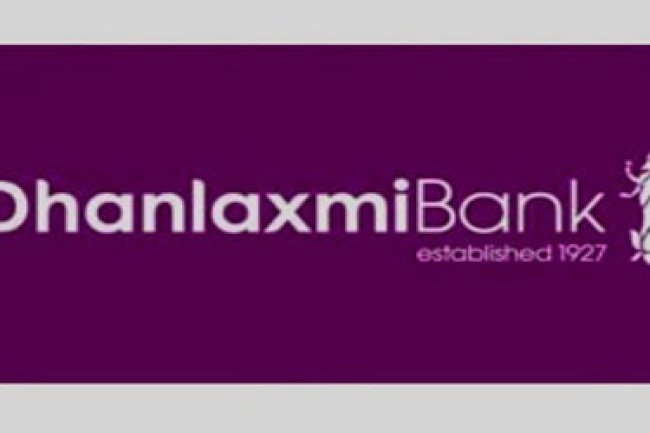Rising Defaults Among Small Borrowers Impact Major Indian Banks Amid Over-Leveraging Concerns
Rising defaults among small borrowers are straining major Indian banks as over-leveraging issues in personal loans and microfinance loans increase. With the Reserve Bank of India imposing stricter regulations, top lenders such as HDFC and Kotak Mahindra face mounting loan stress and a cautious outlook on profitability amid economic challenges.

Rising Defaults Among Small Borrowers Impact Major Indian Banks Amid Over-Leveraging Concerns
India's largest banks, including HDFC, Kotak Mahindra, IndusInd, RBL, and IDFC First Bank, are grappling with increased loan defaults among over-leveraged small borrowers, which has raised stress levels in their personal loan and micro-credit portfolios. Executives and analysts predict that this strain could persist over the next year, as five of the eight biggest private banks reported rising bad loans for the September quarter. Gross bad loans as a percentage of total assets rose by 2 to 19 basis points in this period, prompting most banks to boost provisions to buffer against future losses.
Despite a robust economy projected to grow by 7.2% in the current fiscal year ending March 2025, the rapid expansion of unsecured retail loans, including personal loans and credit cards, has led the Reserve Bank of India (RBI) to rein in what it describes as “exuberant” lending practices. A significant driver of stress is over-leveraging, especially among borrowers with three or more unsecured personal loans, which has led to a surge in bad loans, particularly in competitive lending markets. Rajeev Jain, managing director of Bajaj Finance, highlighted how easy access to credit has enticed borrowers, often leading to debt beyond manageable levels.
This rising indebtedness has impacted individuals like Harpal Singh, a 45-year-old Mumbai resident, who has amassed personal loan and credit card debt totaling five million rupees due to medical emergencies and high living costs. Additionally, defaults are increasing in the microfinance segment, where loans typically serve low-income borrowers. In rural areas, climate-related disruptions to crops have exacerbated this financial strain.
In response to rising defaults, the central bank recently barred four non-bank lenders from fresh lending due to exploitative pricing, and it has requested detailed loan spread data from microfinance firms to further investigate. While well-capitalized banks may withstand the impact of worsening asset quality in the short term, analysts caution that the trend of rising bad loans and declining growth in retail lending could impact their profitability moving forward.
Click Here to Visit
What's Your Reaction?
















